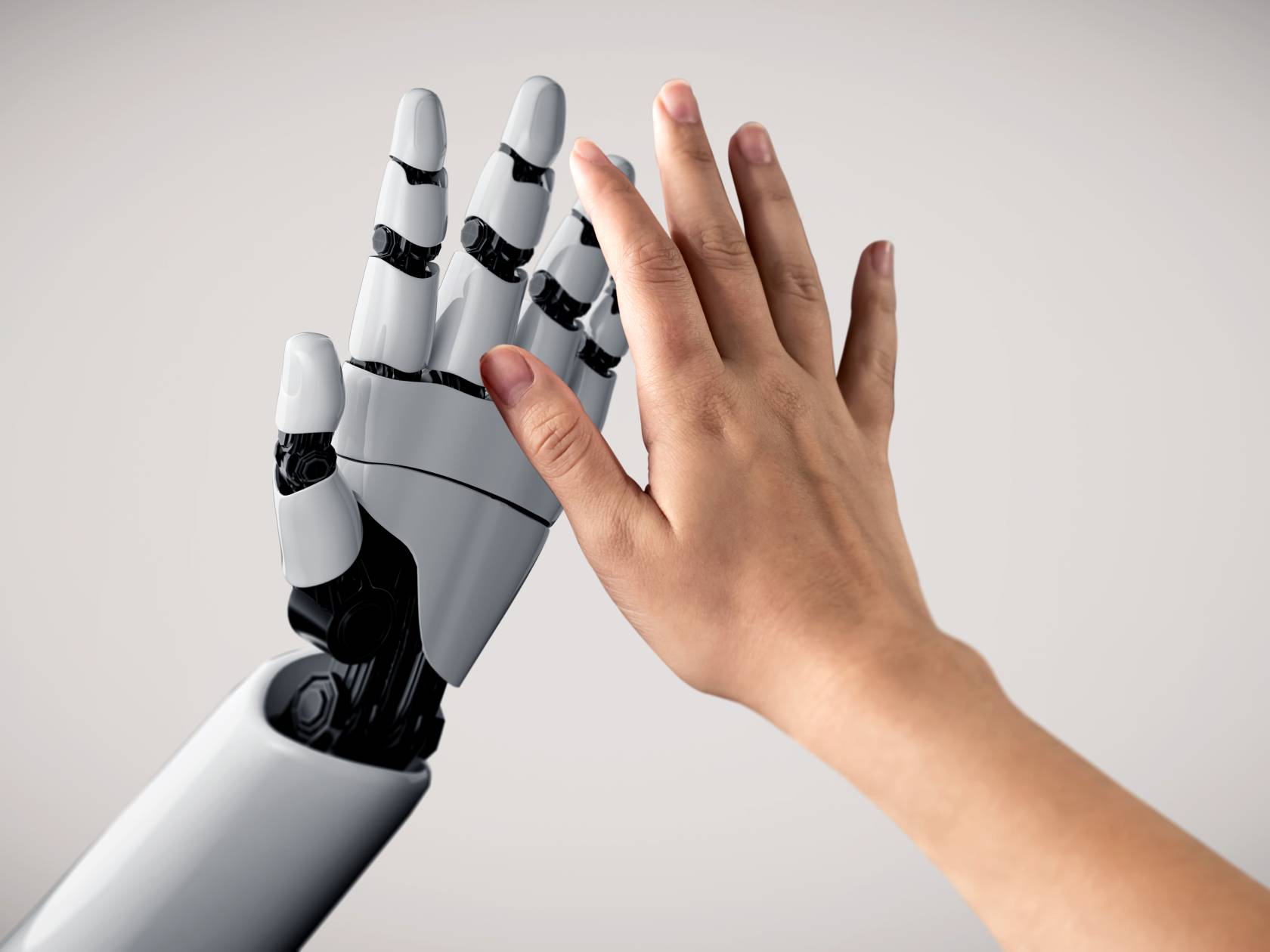
A guide to technological advancements
in WFM
In the ever-changing terrain of the contemporary workplace, technological progress is not merely transforming the methods of work but also heralding a revolution in workforce management. With the seamless integration of Artificial Intelligence (AI) and robotics, coupled with the shift from Industry 4.0 to the nascent Industry 5.0 era, these advancements are laying the foundation for a more efficient, productive, and compassionate approach to workforce administration. AI, in particular, is playing a pivotal role by automating routine tasks, optimizing resource allocation, and enhancing decision-making processes. This not only streamlines operations but also liberates human potential to engage in more creative and strategic endeavors, thereby elevating the overall quality of work and job satisfaction.
Furthermore, the transition to Industry 5.0 signifies a paradigm shift that underscores the significance of human collaboration alongside technological innovations. It emphasizes the harmonious coexistence of humans and machines, leveraging technology to augment human capabilities rather than replace them. As organizations increasingly embrace this holistic perspective, the future of workforce management is poised to be marked by a harmonious blend of human ingenuity and technological prowess. This not only promises greater efficiency but also a more humane and empathetic work environment, where the well-being and fulfillment of employees take center stage.
Discover our insights
Embracing AI in workforce management
Artificial intelligence has begun to play a pivotal role in workforce management. AI-powered tools are not only automating routine tasks but are also providing deep insights into workforce optimization. They help in predictive analysis, identifying patterns in employee productivity, and tailoring training programs to individual needs. This shift towards an AI-driven approach is transforming the traditional roles of HR and management, enabling a focus on more strategic and impactful aspects of workforce development.
Robotics and AI: Redefining the workplace
The integration of robotics and AI is not just about automation; it's about augmenting human capabilities and creating a more collaborative work environment. Robotics in the workplace is moving beyond manufacturing and into various sectors, including healthcare, retail, and even customer service. AI, hand in hand with robotics, is creating a more adaptive and responsive workforce, capable of meeting the demands of a dynamic market environment.
From Industry 4.0 to Industry 5.0
The transition from Industry 4.0 to Industry 5.0 marks a significant shift in the industrial revolution. While Industry 4.0 focused on technology and automation, Industry 5.0 brings the human touch back into the equation. It emphasizes the collaboration between humans and smart systems. This evolution signifies a more balanced approach, where technology enhances human work rather than replacing it, leading to more creative, meaningful, and value-driven work.
Towards a humane economy with Industry 5.0
Industry 5.0 doesn't just innovate in terms of technology; it also introduces a more humane approach to the economy. It advocates for sustainable development, ethical considerations, and prioritizes the well-being of employees. This new industrial era is about leveraging technology to improve quality of life, creating workplaces that are not just efficient but also empathetic and employee-centric.
In a rapidly evolving digital landscape, organizations must embrace automation to stay competitive. Human Resources is at the forefront of this transformation, leveraging AI, cloud technology, and data-driven insights to streamline operations and enhance employee experiences. Automation in HR is reshaping the way businesses attract, retain, and develop talent. Explore how the latest advancements in HR automation are driving efficiency, agility, and long-term success.
The future of workforce management is being shaped by these technological advancements. As we step into this new era, the challenge for organizations is not just to adopt these technologies but to integrate them in a way that values the human element. Embracing this change requires a strategic approach, one that harmonizes technological efficiency with human creativity and empathy. This is not just a journey towards advanced technology but towards a more balanced, sustainable, and humane future of work.